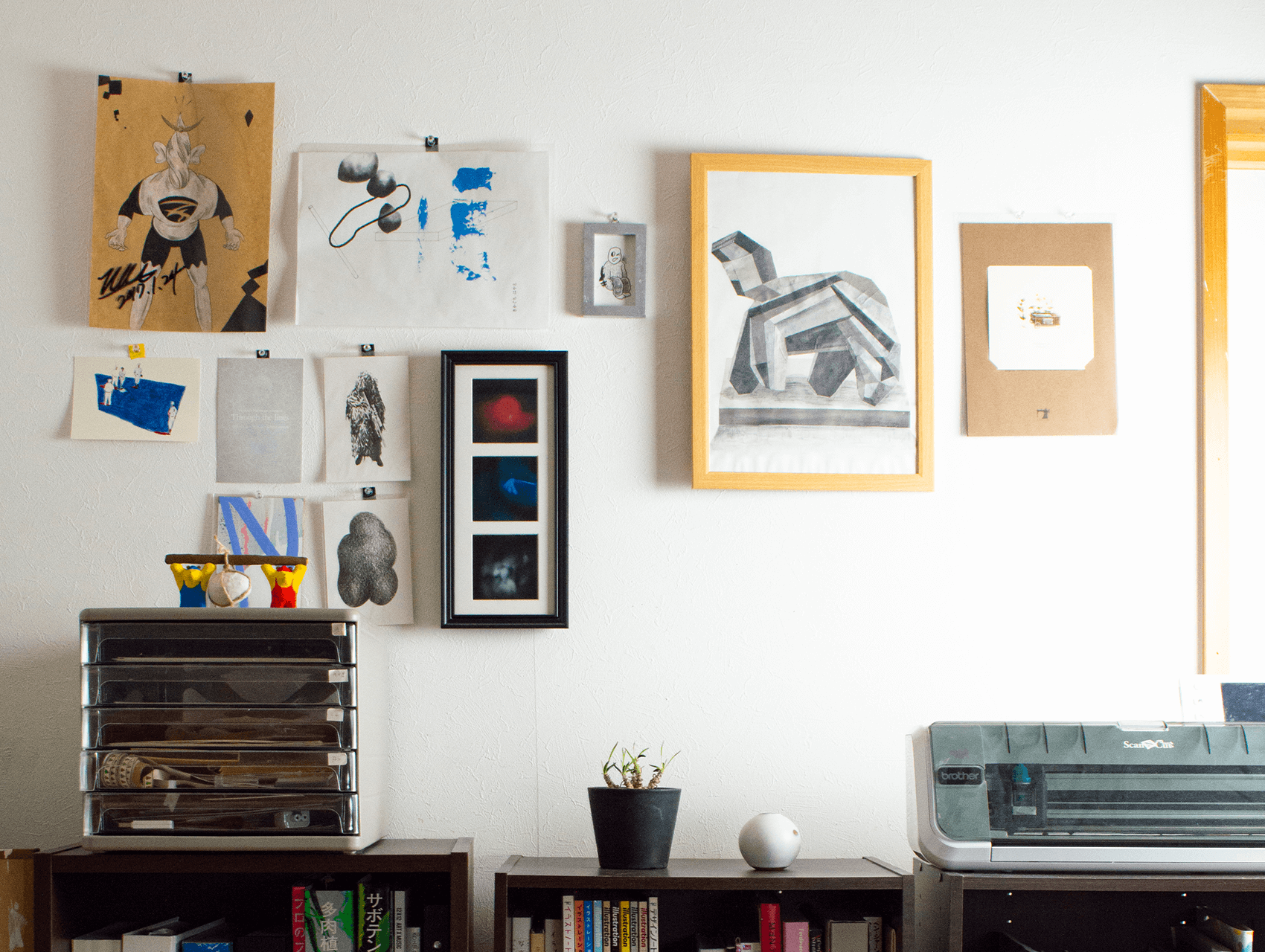
When did you first start thinking of "owning" a piece of art?
The first time I thought about it was when I was a junior at college. When I went to see an exhibition of the picture book author Mirokomachiko, I saw a painting of a cat displayed and found it really good, and that was the first time I wanted to have the original piece of art.
I didn't have any money at all then, so I couldn't buy it. I think it was about a year later that I first bought art. There was a junior one younger than me in my department who made really cool artworks, and I was always influenced by him. His works were sold at a gallery for a few thousand yen and the price was affordable, even for me as a student, so I decided to buy it.
What made you want to purchase a piece of art?
I often buy a piece when I intuitively think it's cool or I can't take my eyes off of it for a long time. It's also important to me to see if the price is something I can afford. I also consider the personality and the attitude towards the work important when I buy art.
How do you enjoy the art you own?
I hang them on the wall. I think it's a precious thing to own a work that is not mass-produced but one that the artist dedicated their time creating. The moment I get to buy work from the artist makes me happy too. I am thrilled to think about how I can fund some money to the artist by purchasing his or her work and that the money will be used for his or her future activities or for the creation of new works.
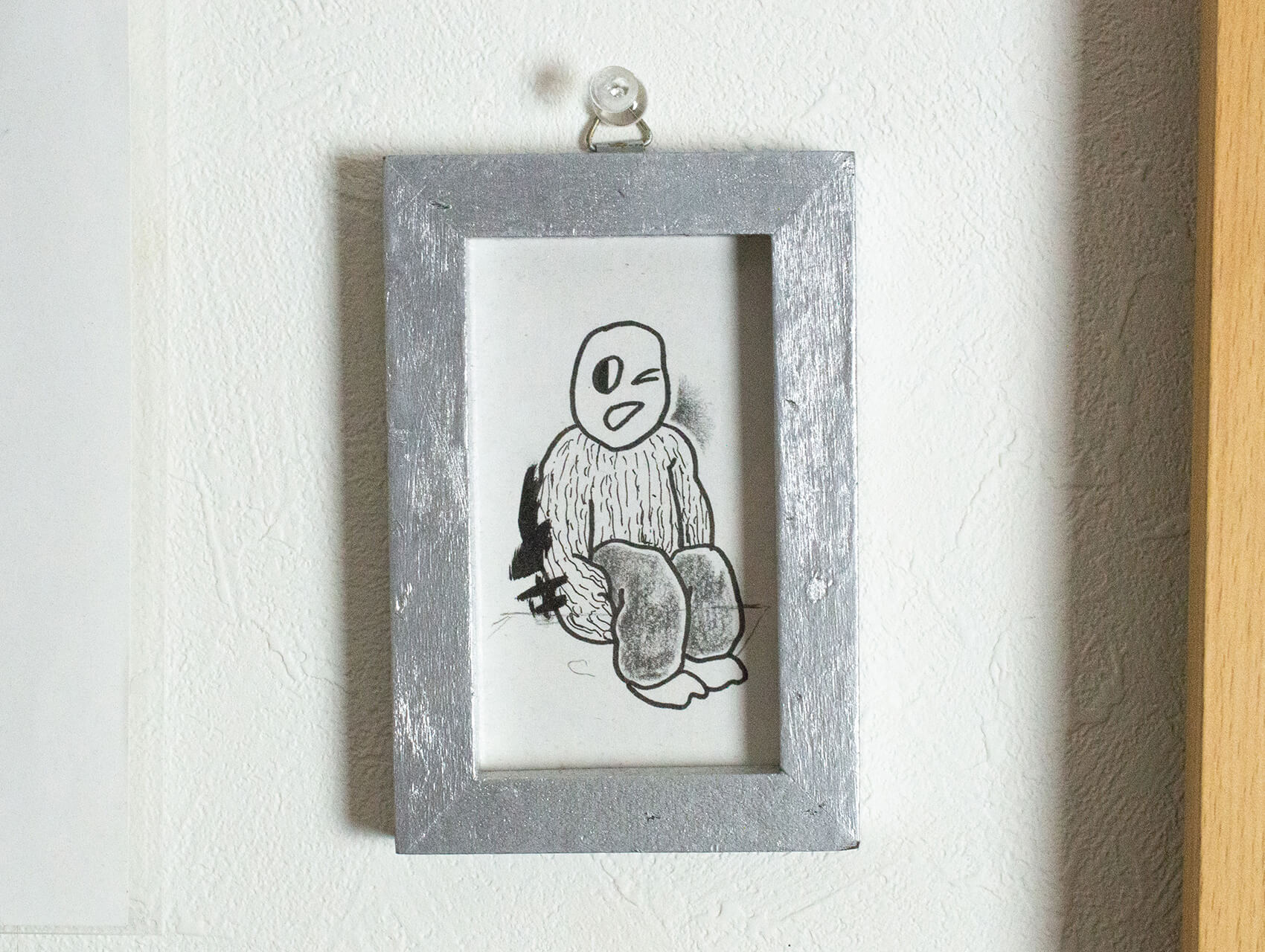
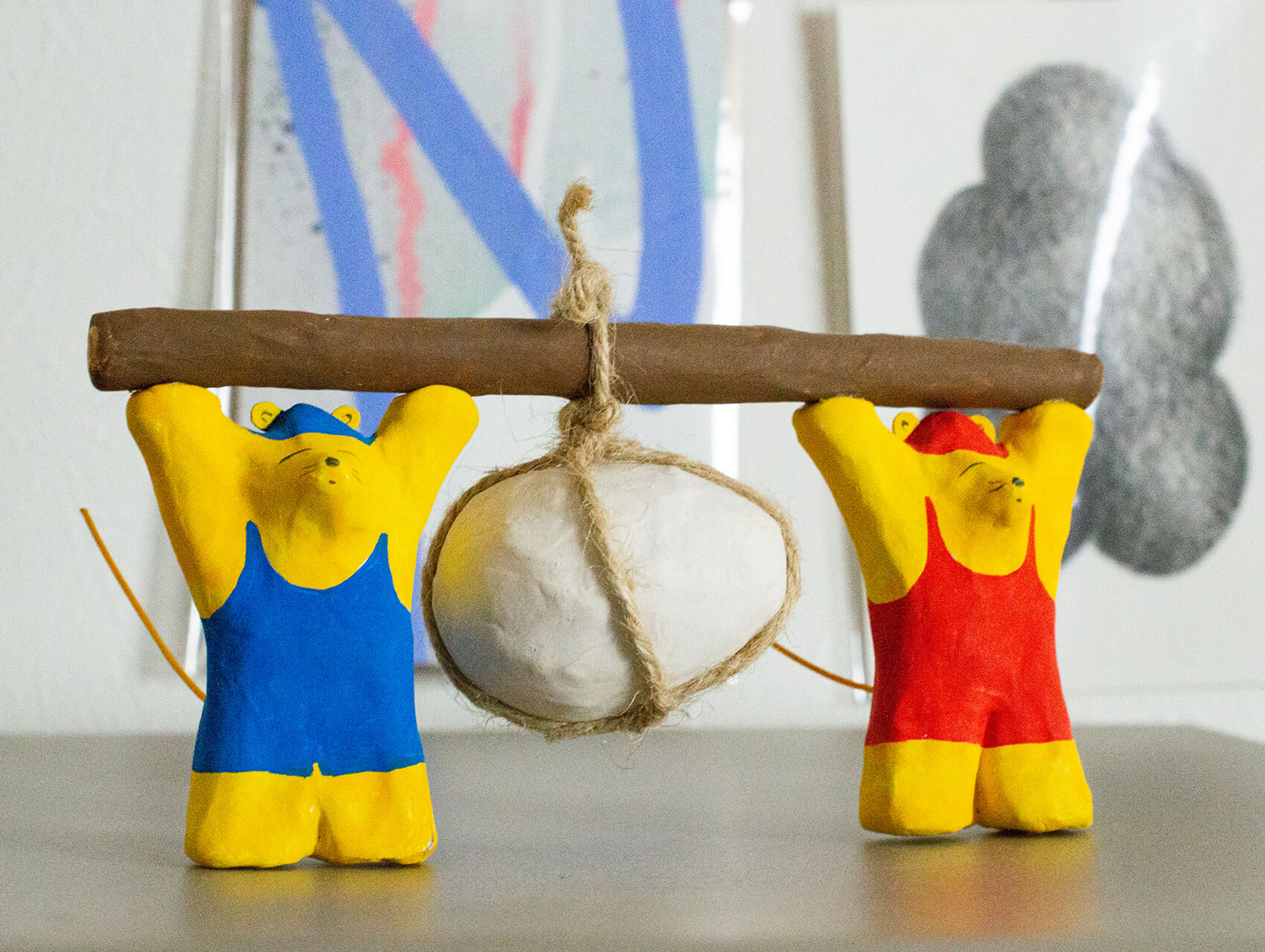
Top__This is the first work by Hayato Sakaguchi that I purchased. Bottom__From the front, "Nishikohariko", back left, Hayato Sakaguchi, right, Yuto Katayose.
Do you think there’s a difference between seeing an exhibition or art in real life and online?
Depending on the materials used, the size of the piece, and the way it’s photographed, there are times when it looks better online and other times when it looks better in real life. I think it's difficult to get a feeling of how the entire exhibition space looks and how the works resonate with each other online. So I think it's better to see the actual exhibition for yourself.
What kind of artwork would you like to own in the future?
A work by Philippe Weisebecker. I saw his original paintings at his solo exhibition at a gallery in Tokyo. His unique perspective, which seems to be impossible to draw, is very attractive to me. I could buy an original painting if I worked hard and saved up enough money. It is difficult to buy one now, but I would like to have one when I can afford it.
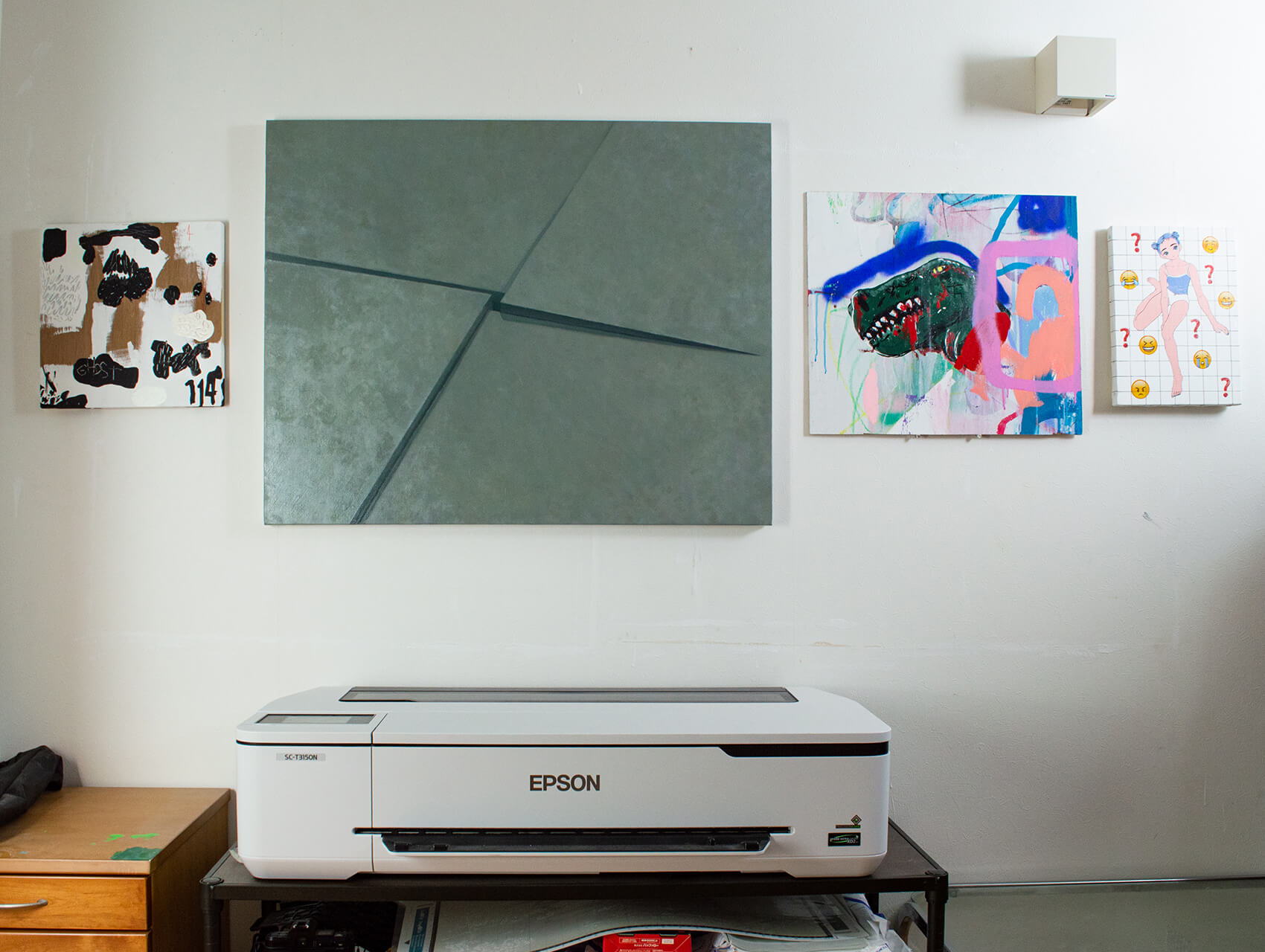
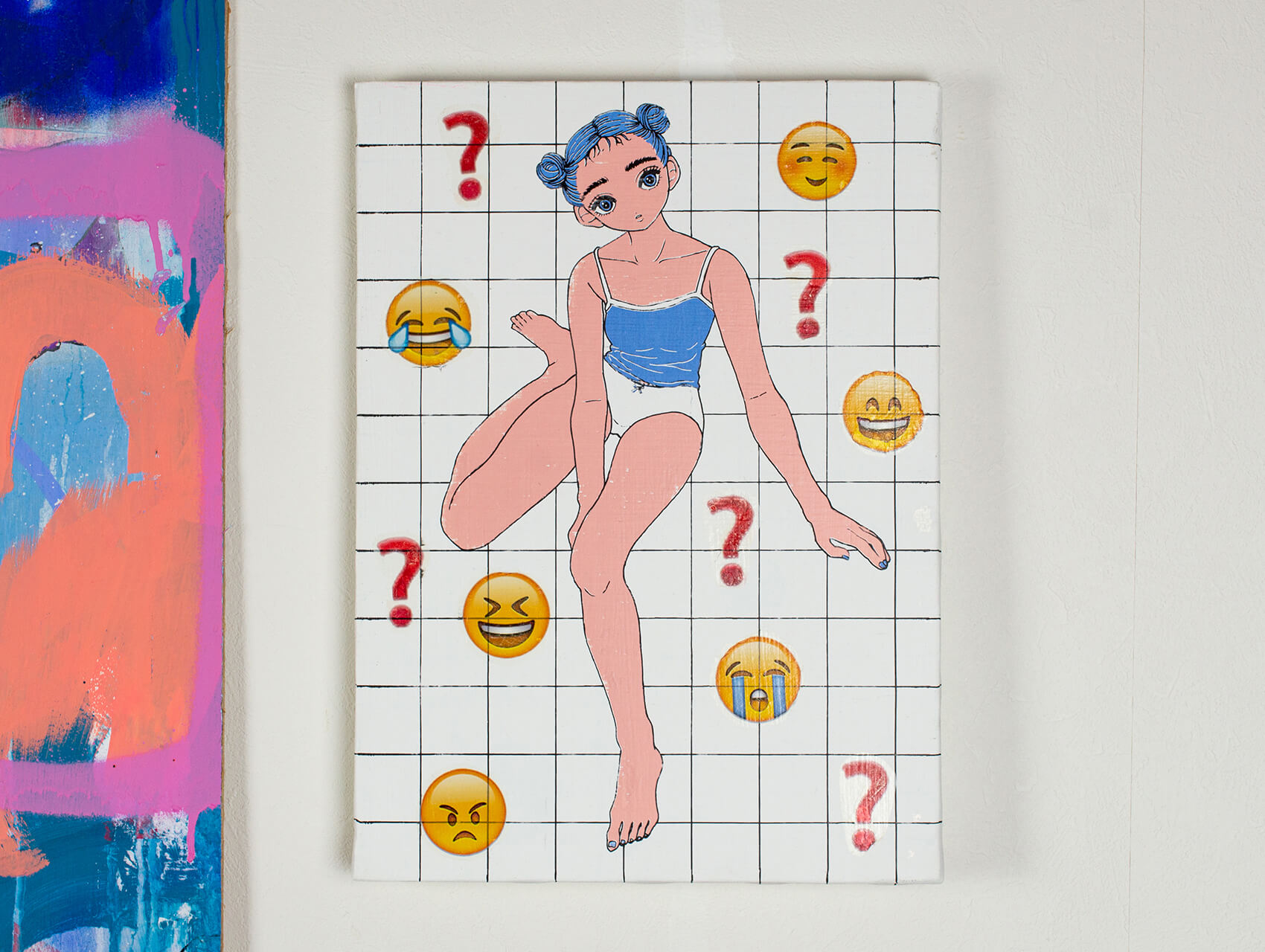
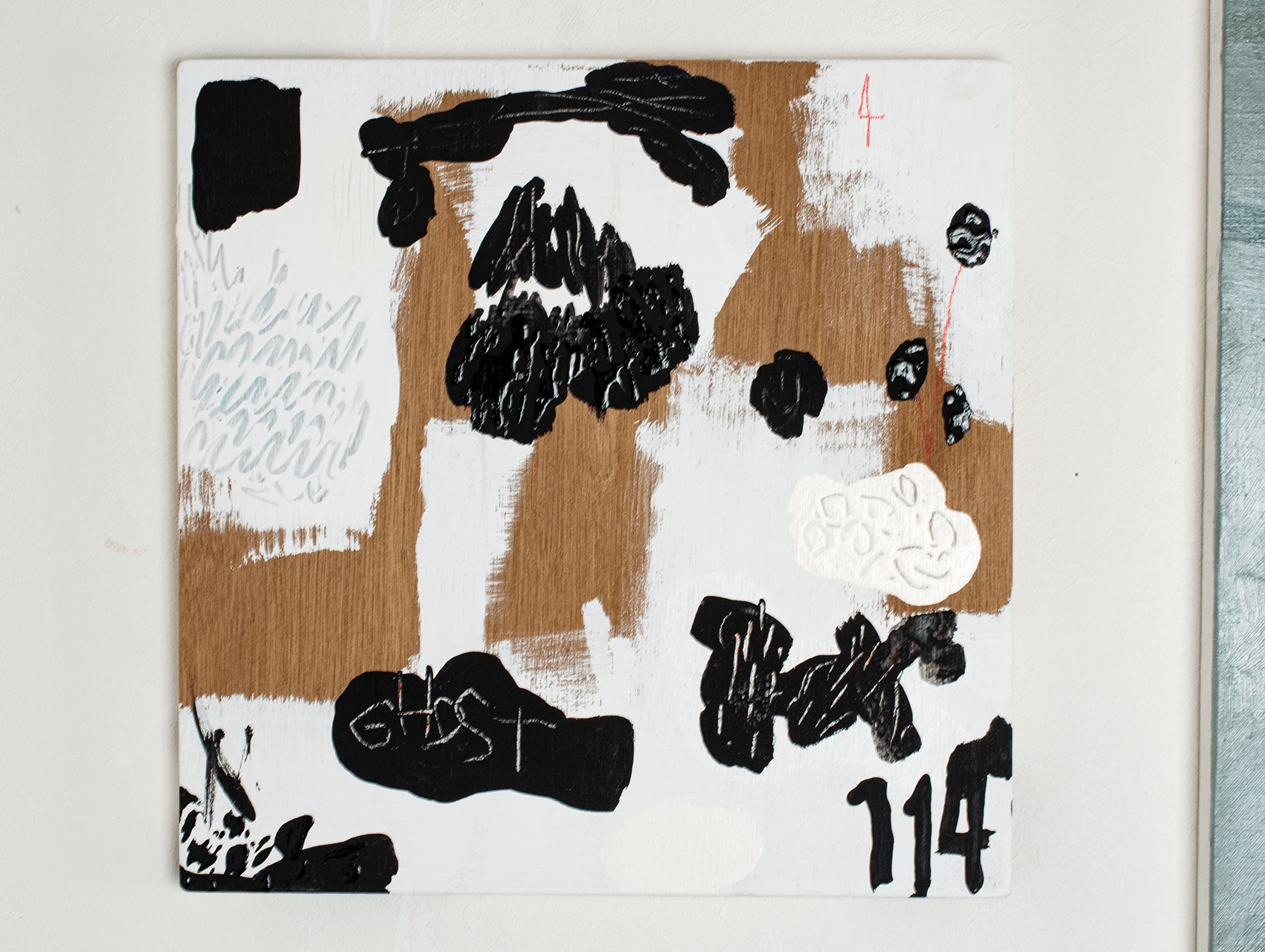
Top__From left to right: Kintaro Kaneda, Seigo Hirano, Hayato Sakaguchi and Kanatsu. Bottom__Kintaro Kaneda's work.
What does “Owned Art (the art you own)” mean to you?
It's something that influences me. When I was in art school, there were a lot of people around me who made cool things, so making art was a natural part of my life. But there was a period of time after I graduated from college when there were almost no one around me who made artworks, so I couldn't create art at all. That's when I unconsciously put cool art around me, and I think that's part of the reason how I gain energy for my own creation.
Do you have any advice for people considering buying art?
In Japan, I don't think people are familiar with the fashion of buying artworks at galleries. There are a lot of people who have been to museums in Japan, but there are still very few who have been to galleries. Most gallery exhibitions are free of charge, and there are works that can be purchased for thousands of yen to tens of thousands of yen, not just works that cost hundreds of thousands or even millions of dollars. So I hope that people will be able to visit various galleries and find a work that suits their intuition and budget.
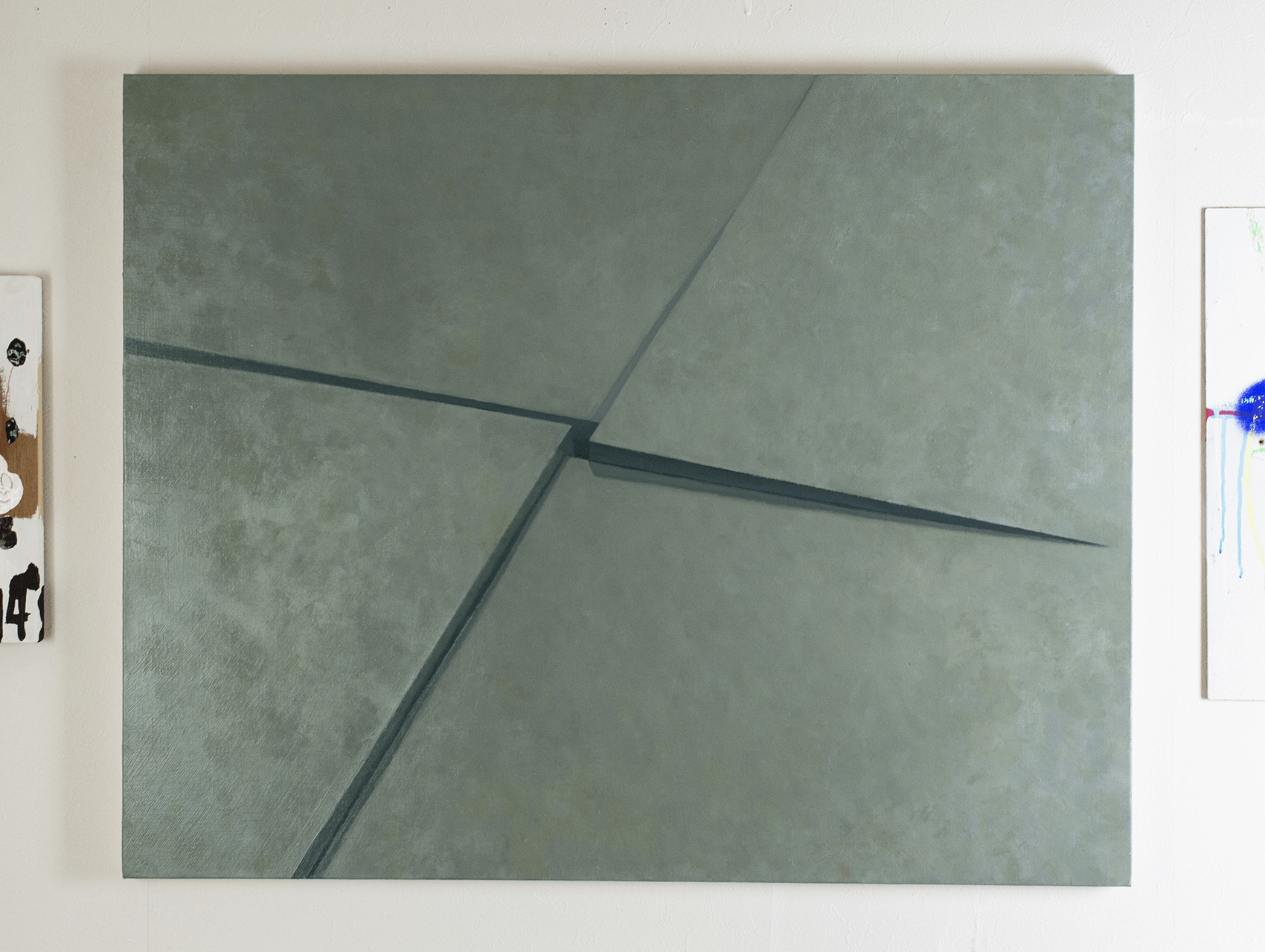
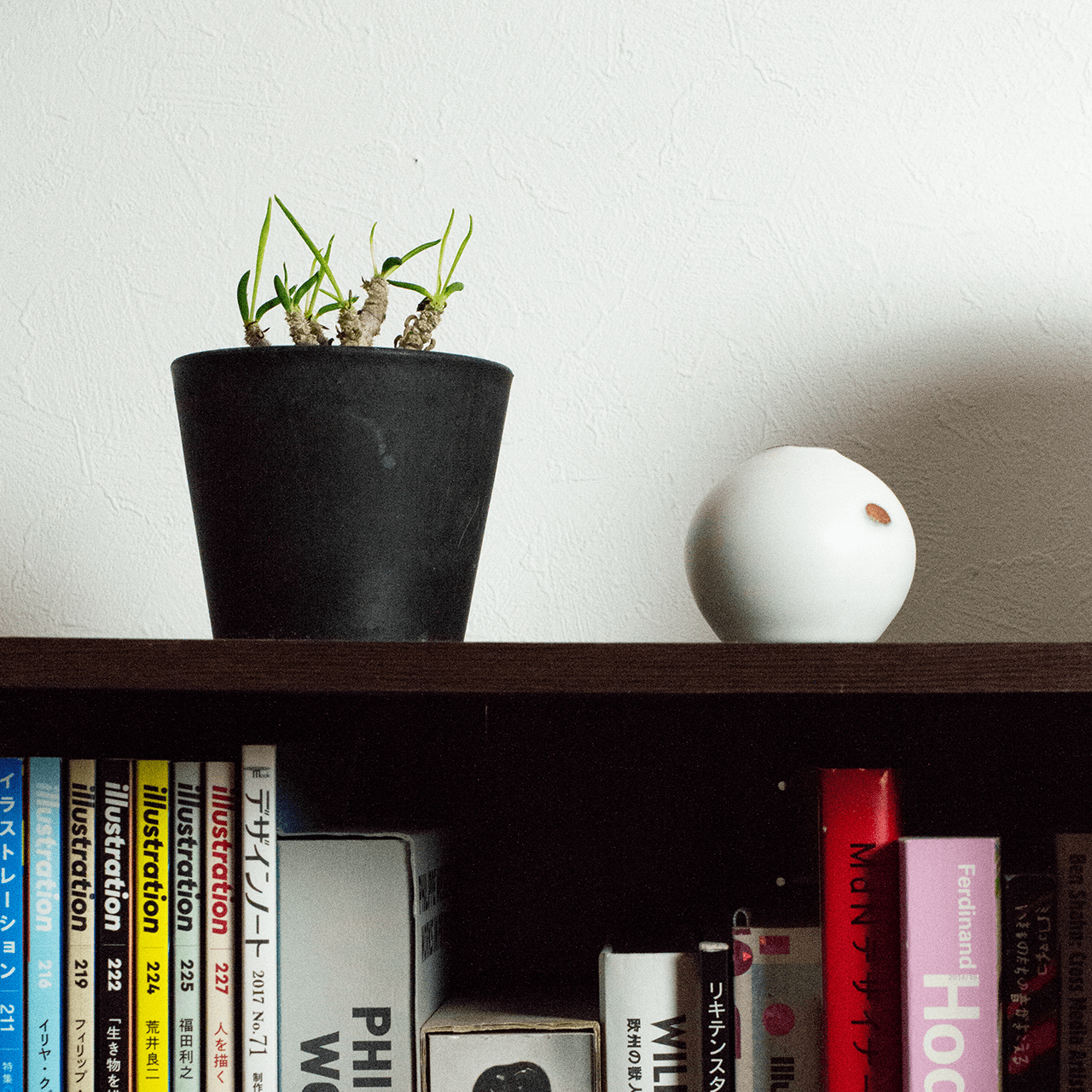
Top__Seigo Hirano's work. Bottom__Right: a work by Jasmine Noda.
Taketo Mori(Artist)
Born in Kyoto in 1994, lives and works in Kyoto. 2017 Graduated from Kyoto Seika University, Faculty of Design. He creates objects and two-dimensional works by sampling materials from countless image data available on the internet.
Twitter:@taketomori296
Instagram:@taketomori_
Website

